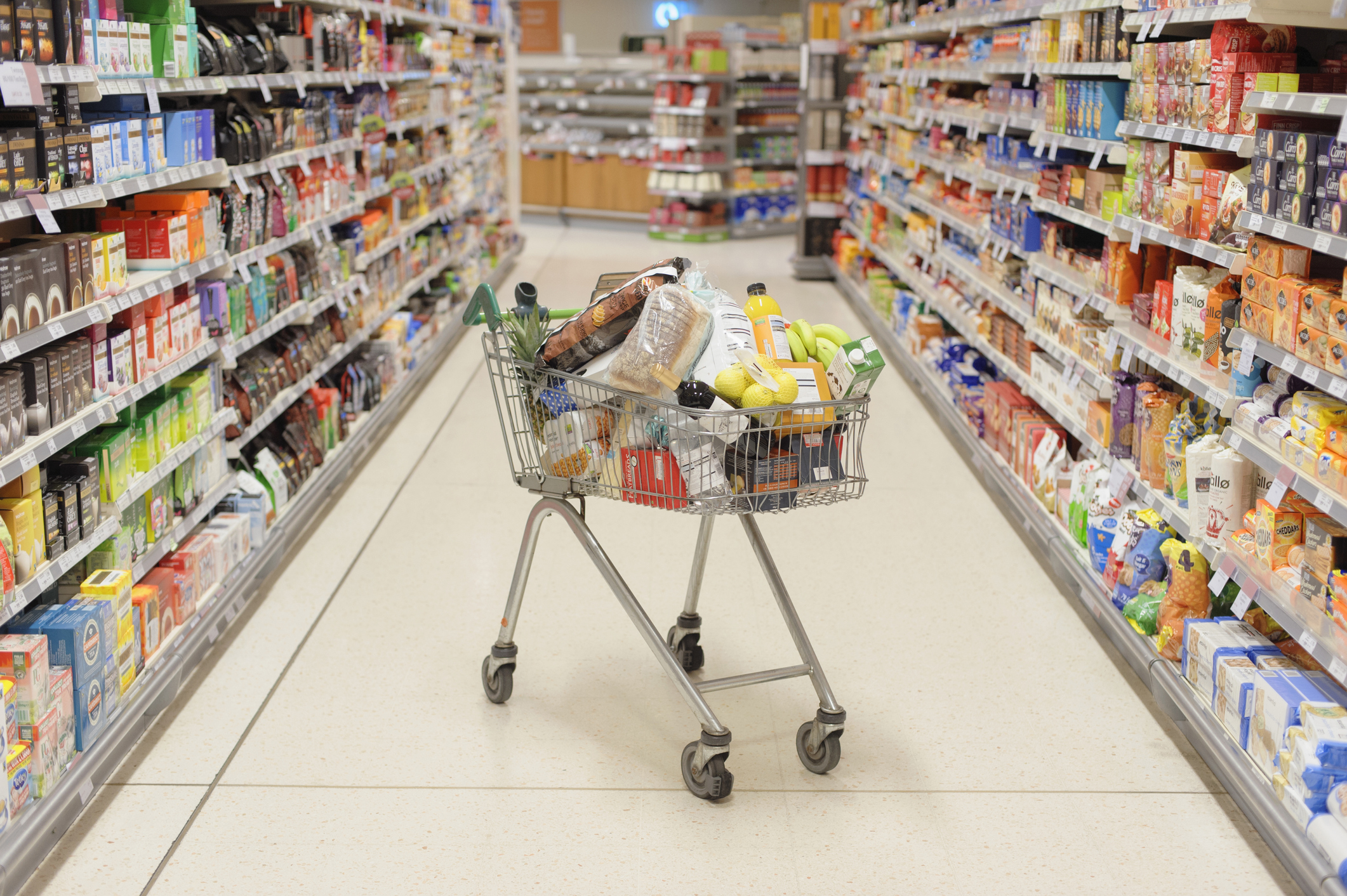
It’s not just rising prices that are doing a number on Americans’ wallets. Now, we’re not even getting our money’s worth.
“Shrinkflation” is the practice of charging the same amount — or even more money — for less of a given product. And U.S. Sen. Bob Casey (D-PA), chair of the Senate Subcommittee on Children and Families, says it's also a major driving force behind rising prices of goods and services and strain on budgets.
In a new report, Casey spells out how companies are garnering record-breaking profits by giving customers less. The report is another of the senator's reports that focuses on what he refers to as “greedflation,” or corporations using economic issues such as inflation as a cover to raise prices while increasing their own profits.
Examples that Casey gives in his latest report include:
- Family Size Wheat Thins crackers, which shrunk by12% in size by weight.
- Kleenex Tissues, which shrunk the number of tissues per box by 7%.
- Smart Balance, whose vegetable oil content shrunk by 40% when the brand changed the recipe to save costs (though it reversed the recipe after receiving customer backlash).
The report also touches on a sensitive subject for snackers — the seemingly dwindling amount of “stuf” in a Double Stuf Oreo. According to Casey’s report, the cookies have decreased by 6% in size by weight. But in a November 12 Wall Street Journal report, Dirk Van de Put, CEO of Mondelez, which produces Oreos, denied that the company has messed with “the cookie-to-creme ratio.”
Obscuring the facts
“These kinds of changes are often intended to obscure the very real fact that American families are getting less for their money,” Casey said in the report. “It is obvious that the cost of toilet paper rose; it is harder to detect that rolls shrank in size.”
As part of his inquiry, Casey wrote letters to associations in the food, beverage, household and personal care product industries. In the letters, he pressed each on their pricing and packaging strategies.
Being aware that some companies are using shrinkflation may help people make better choices about how and where to save money on groceries. As Kiplinger recently reported, more online shoppers are opting for grocery order pickup over delivery as one way to save costs. For more ideas on ways to save money on groceries, see Kiplinger's deals site.







